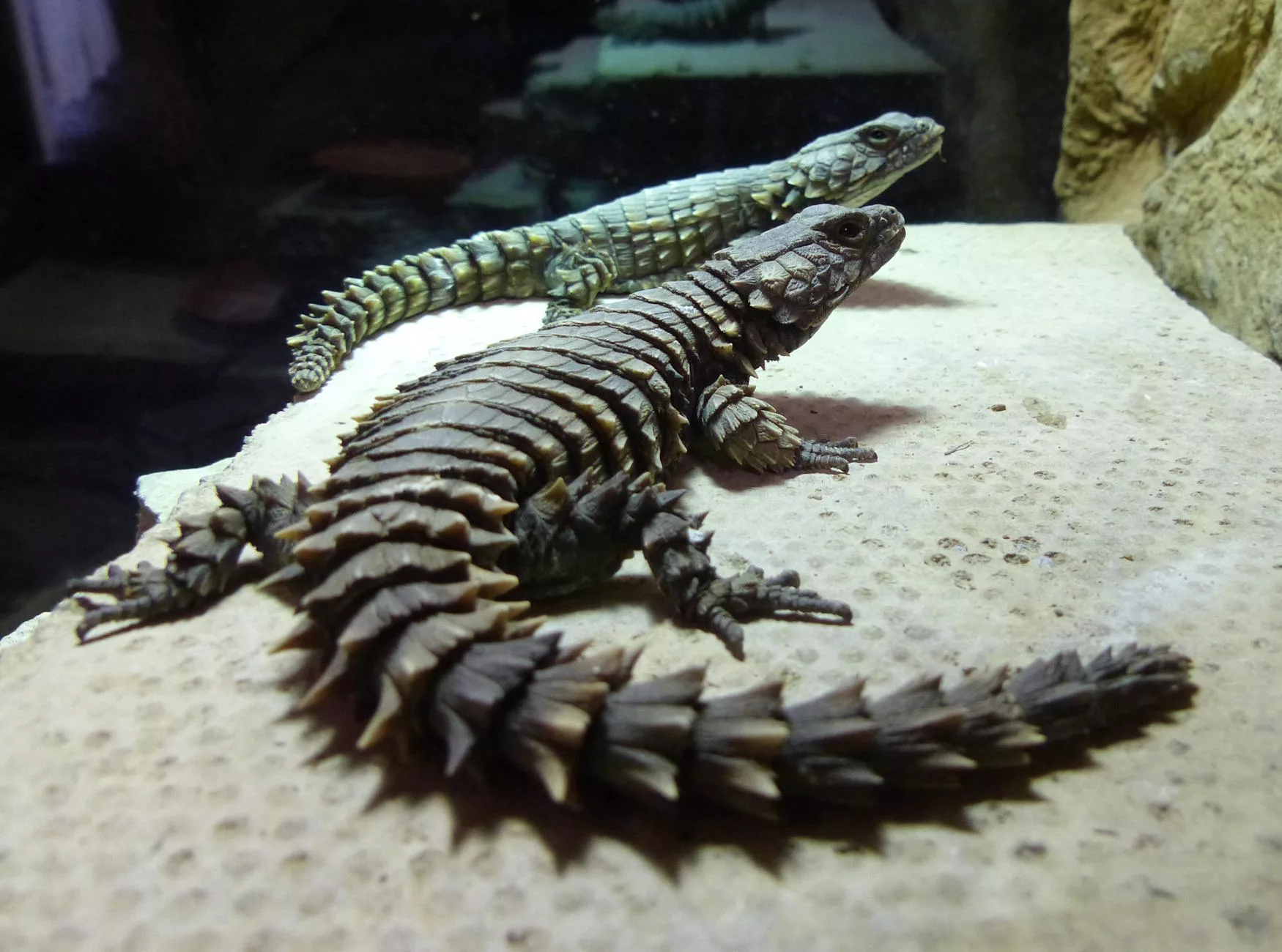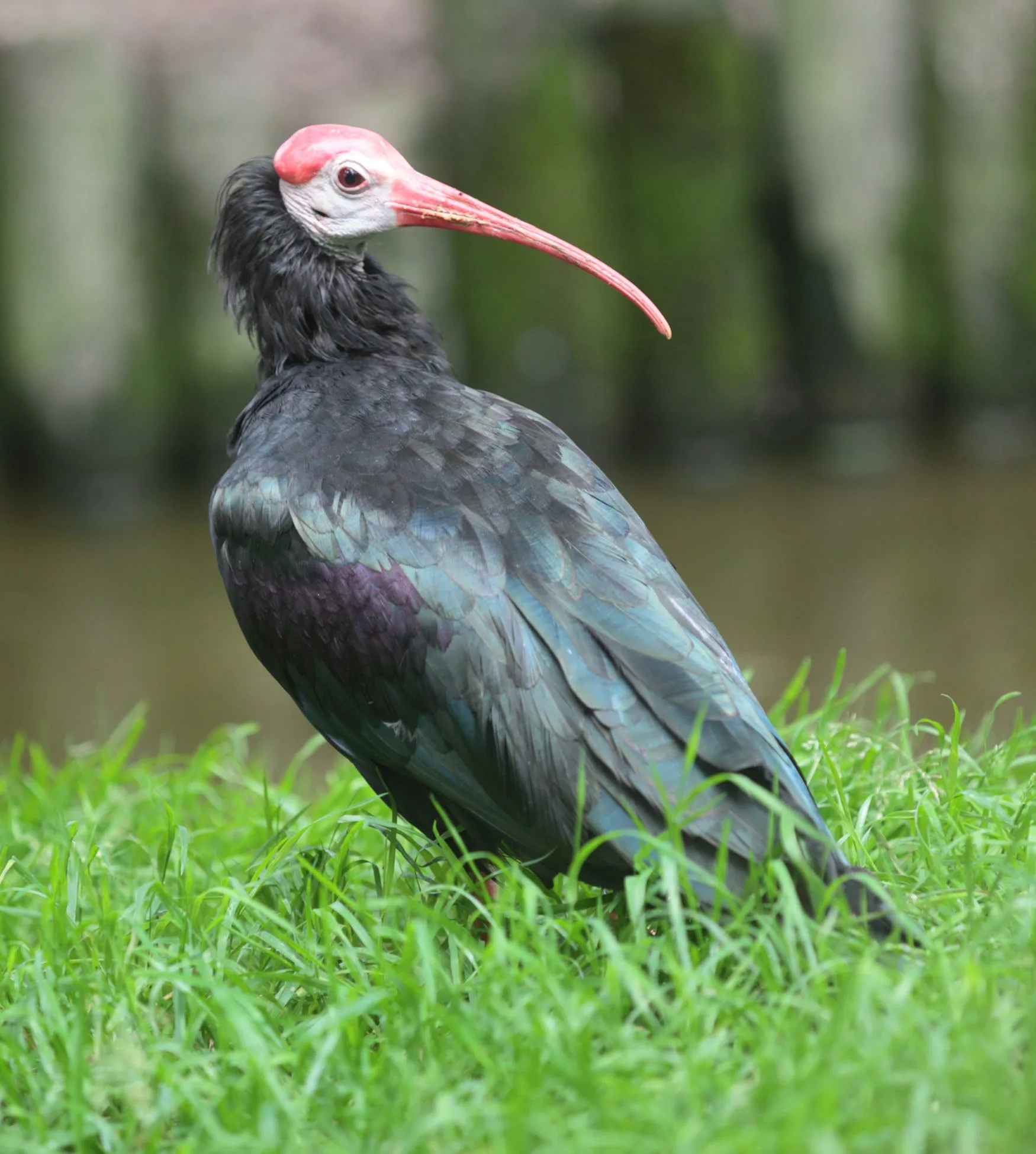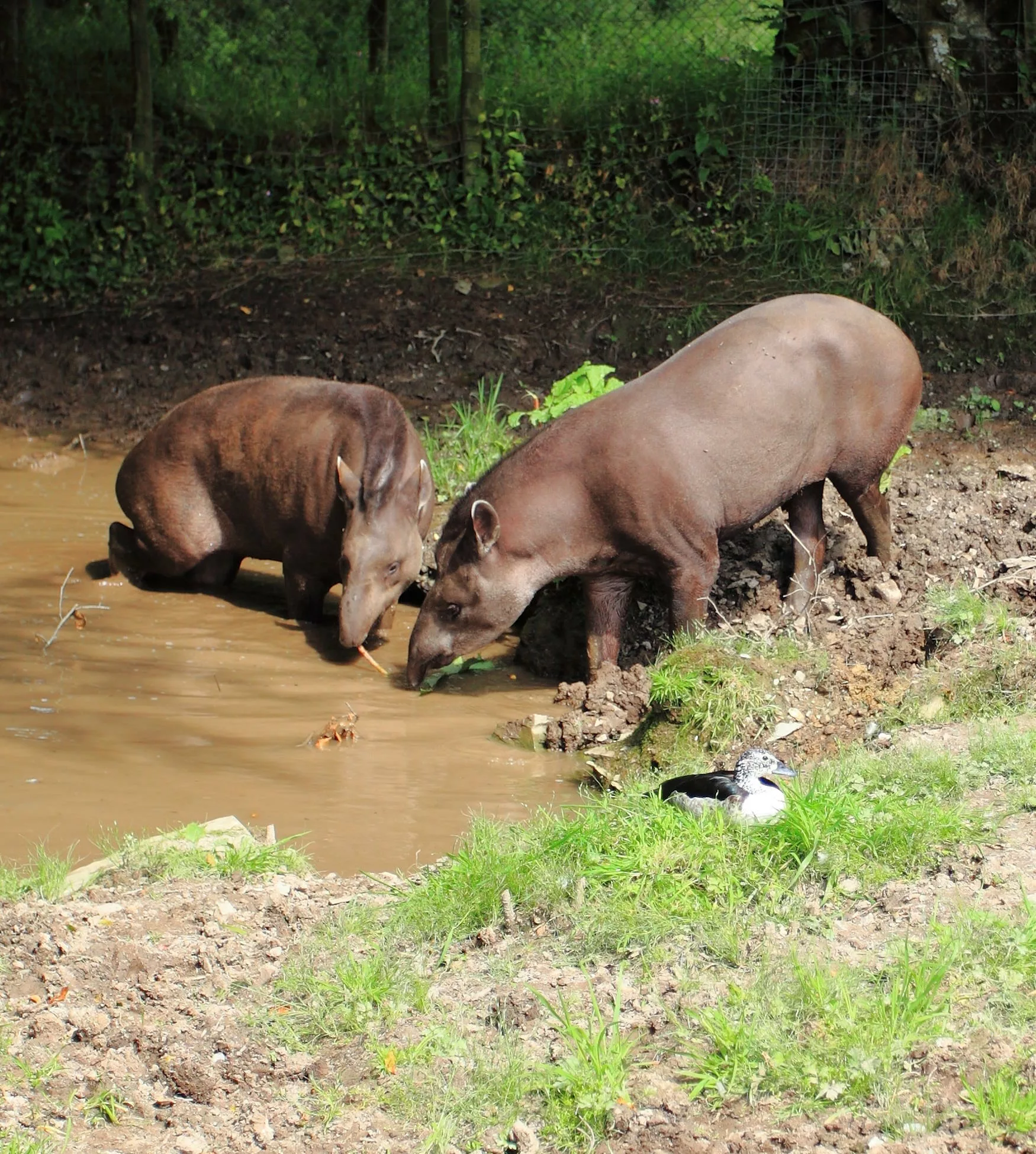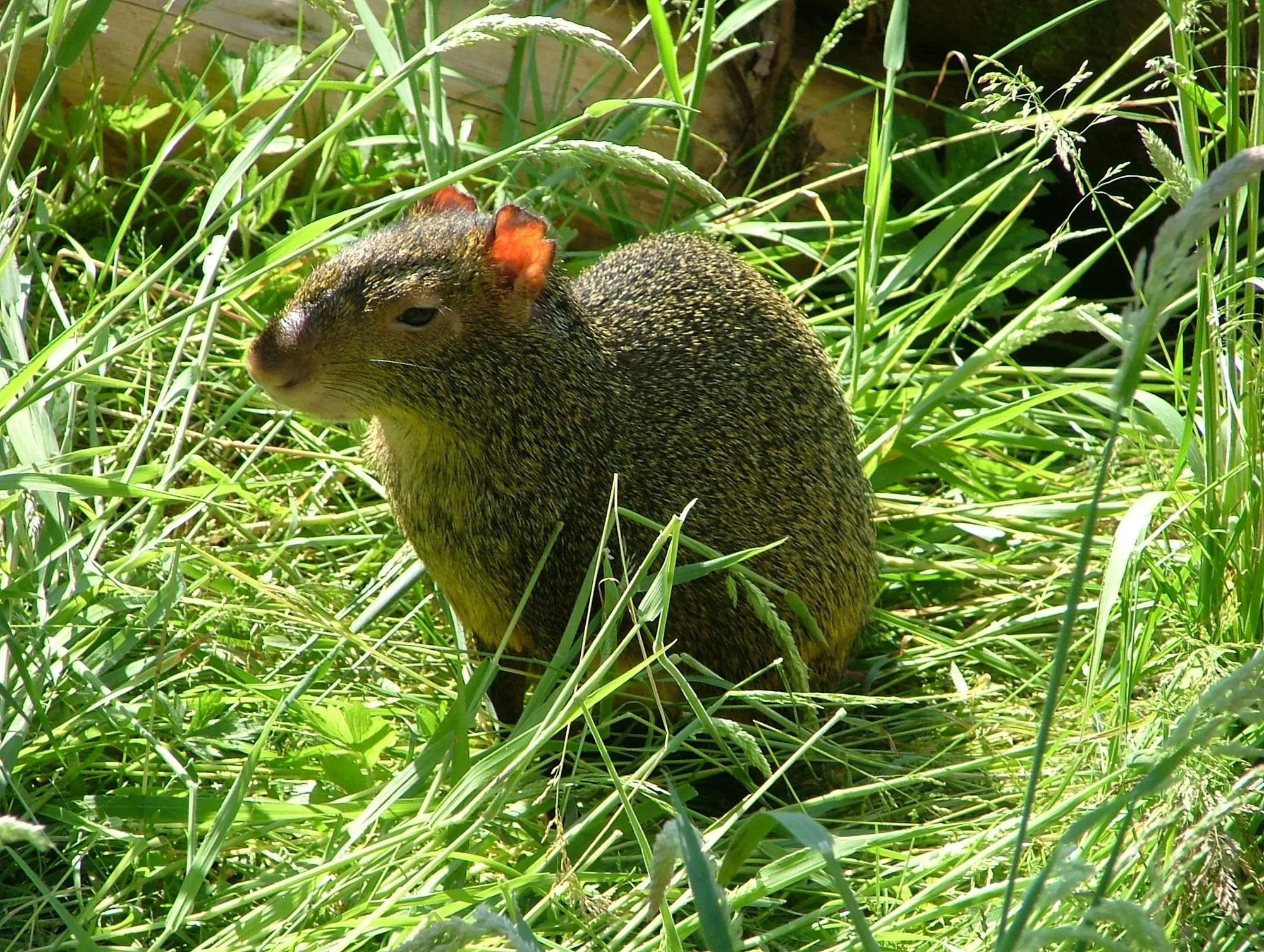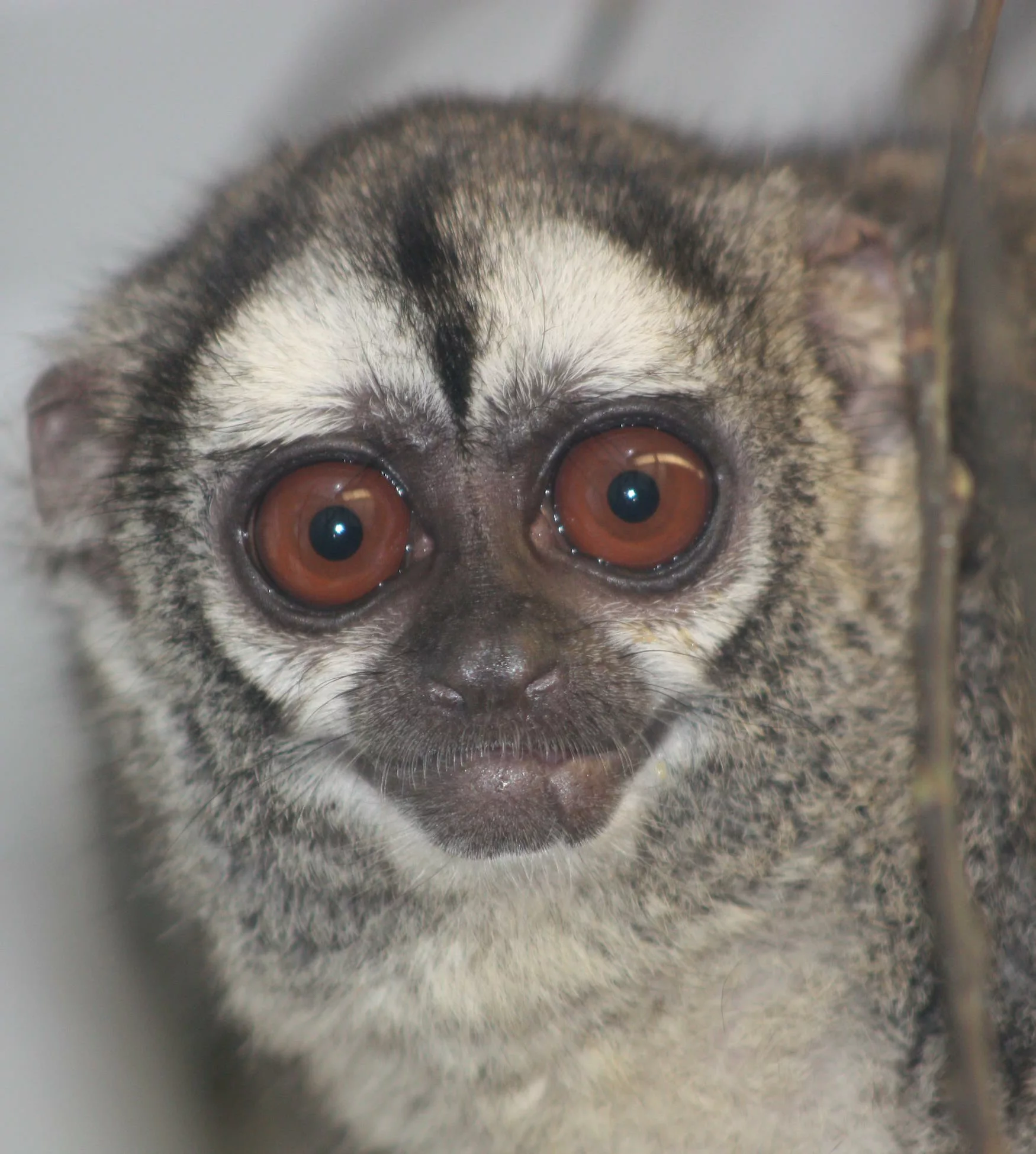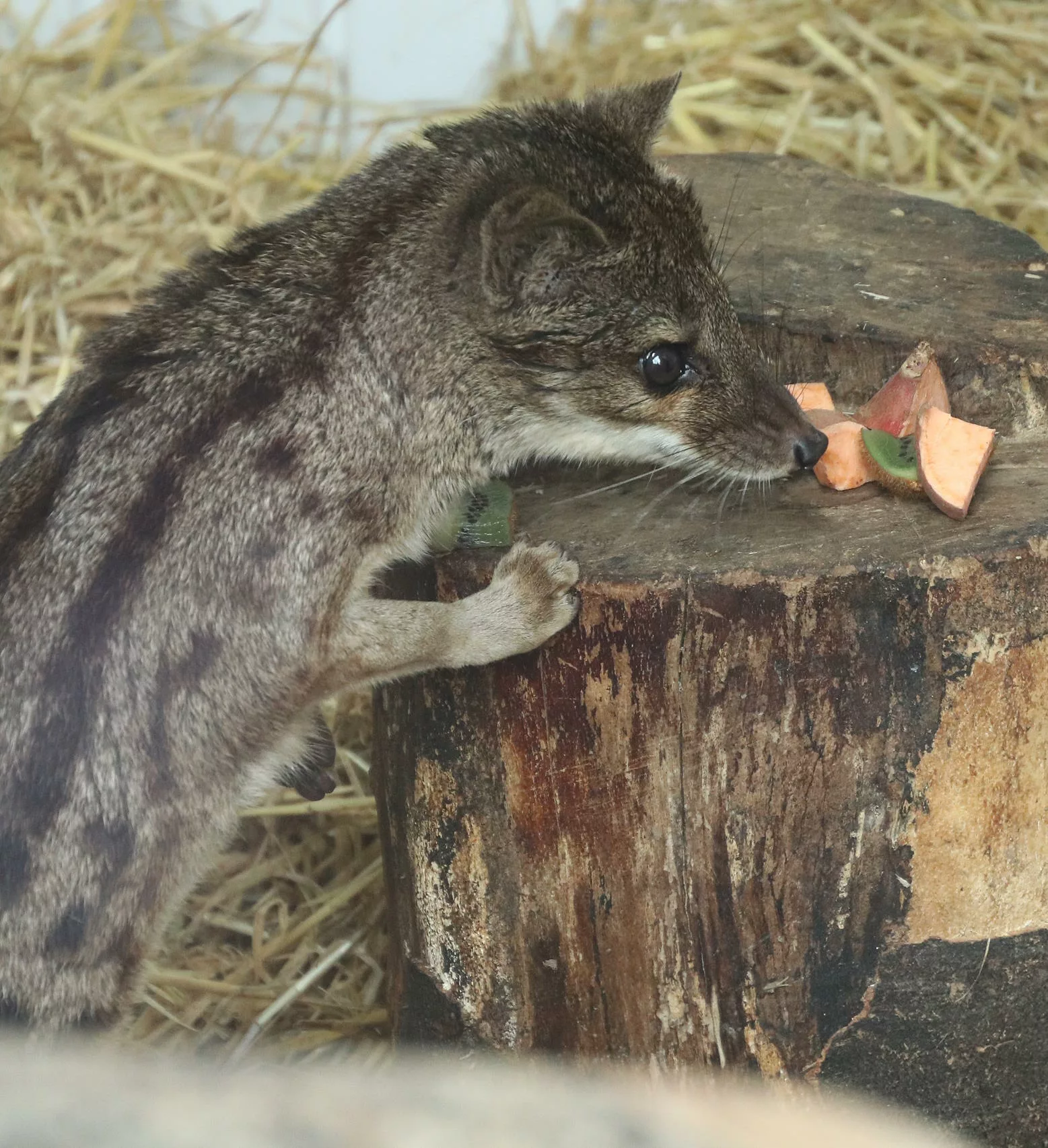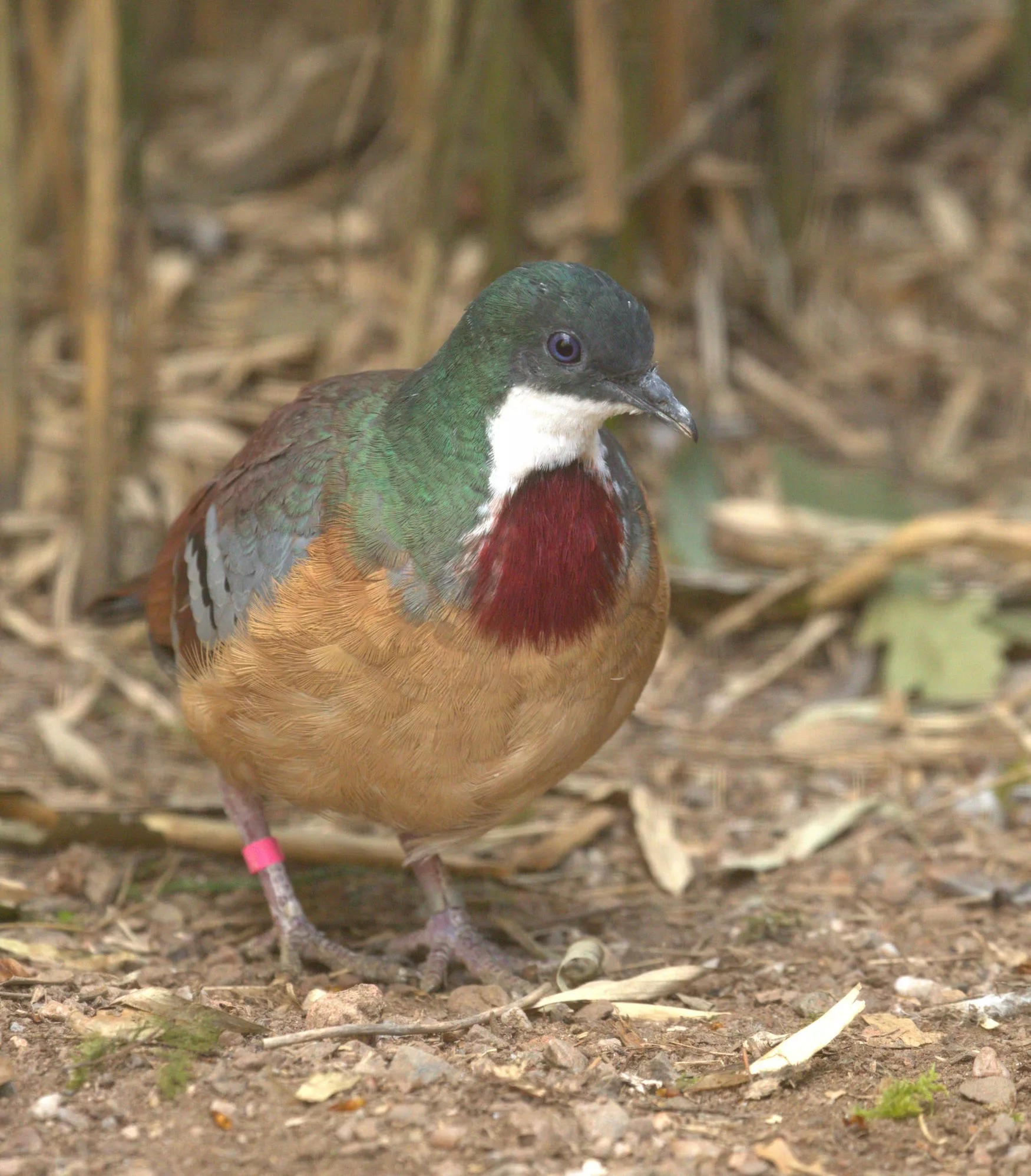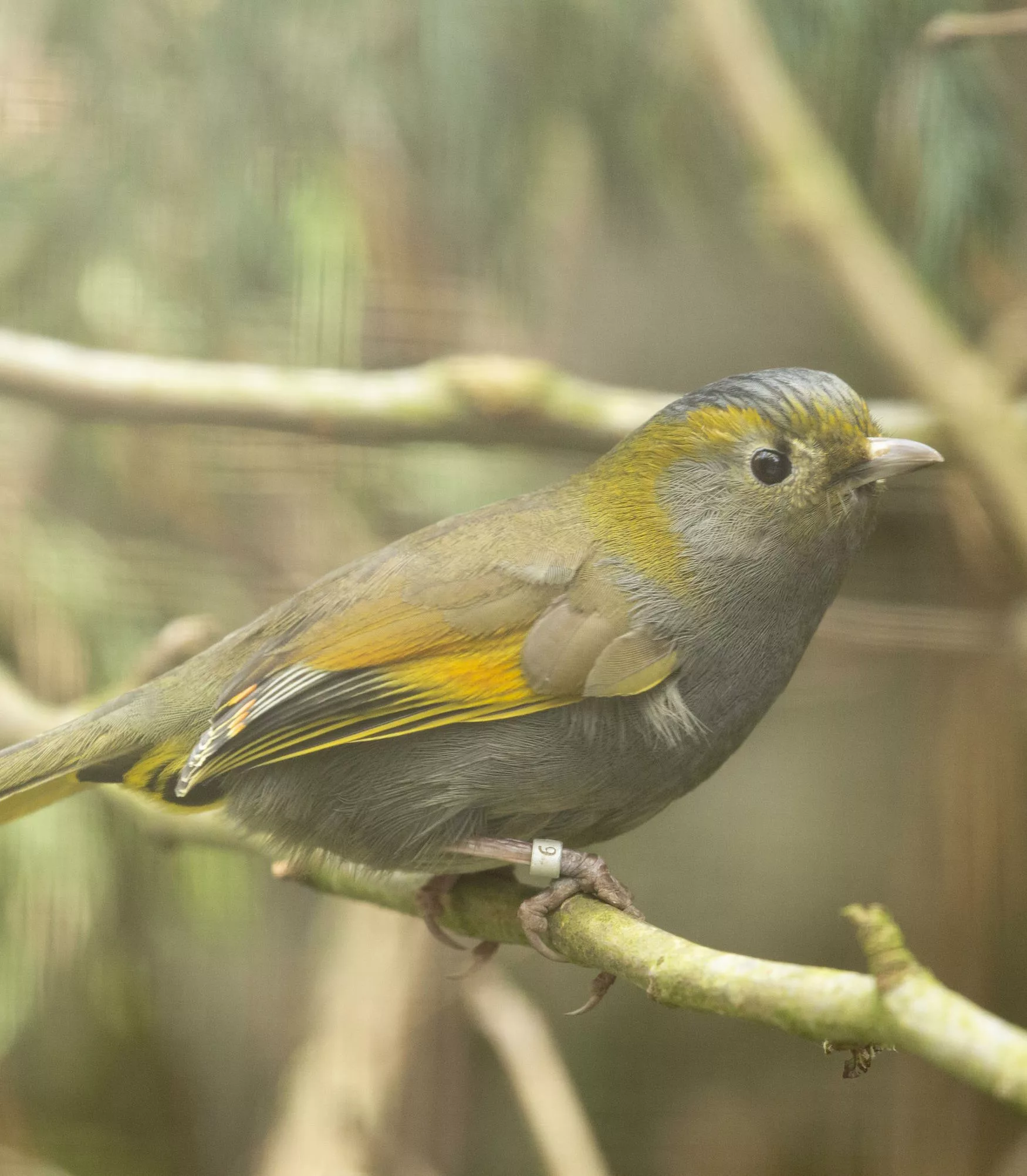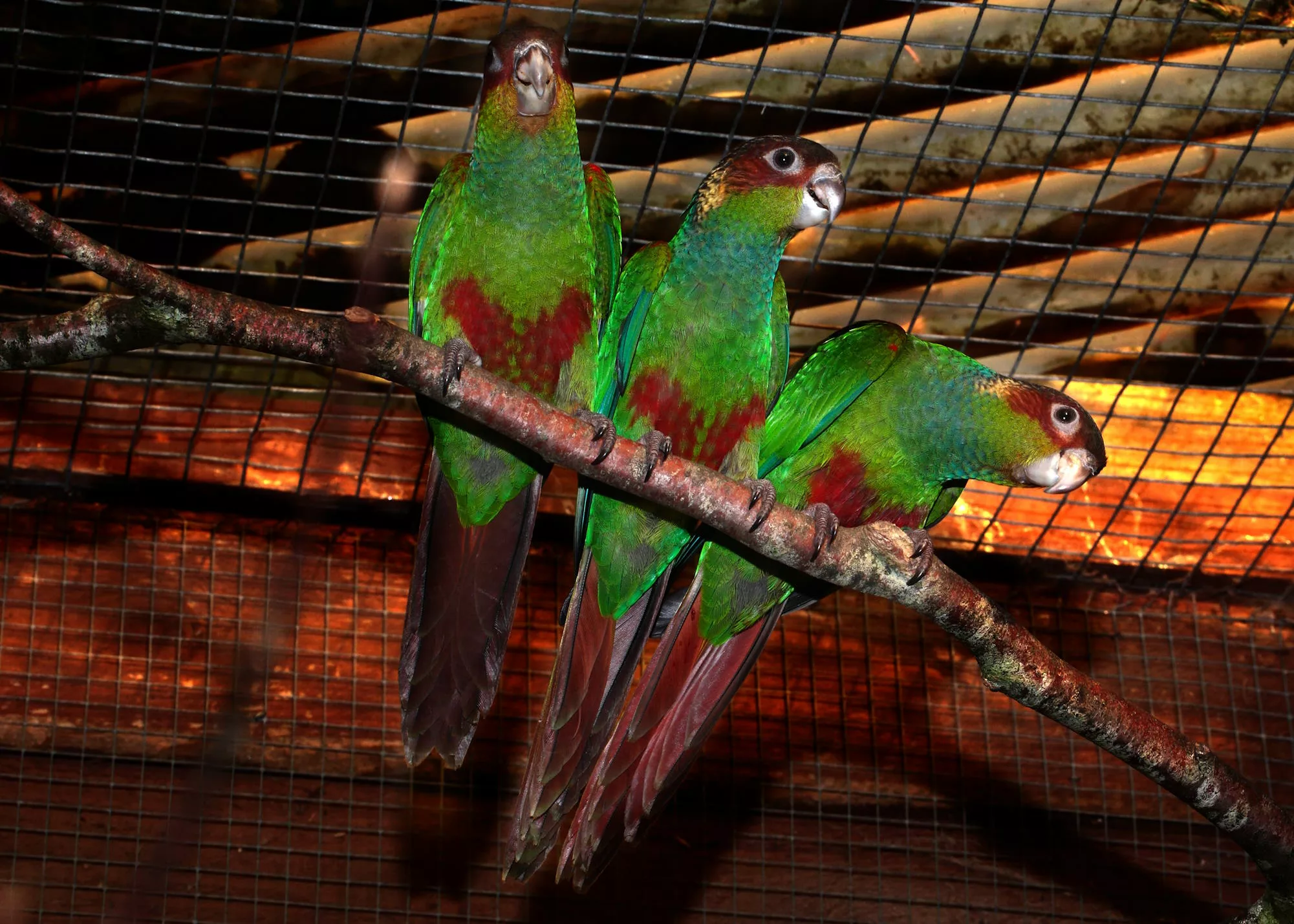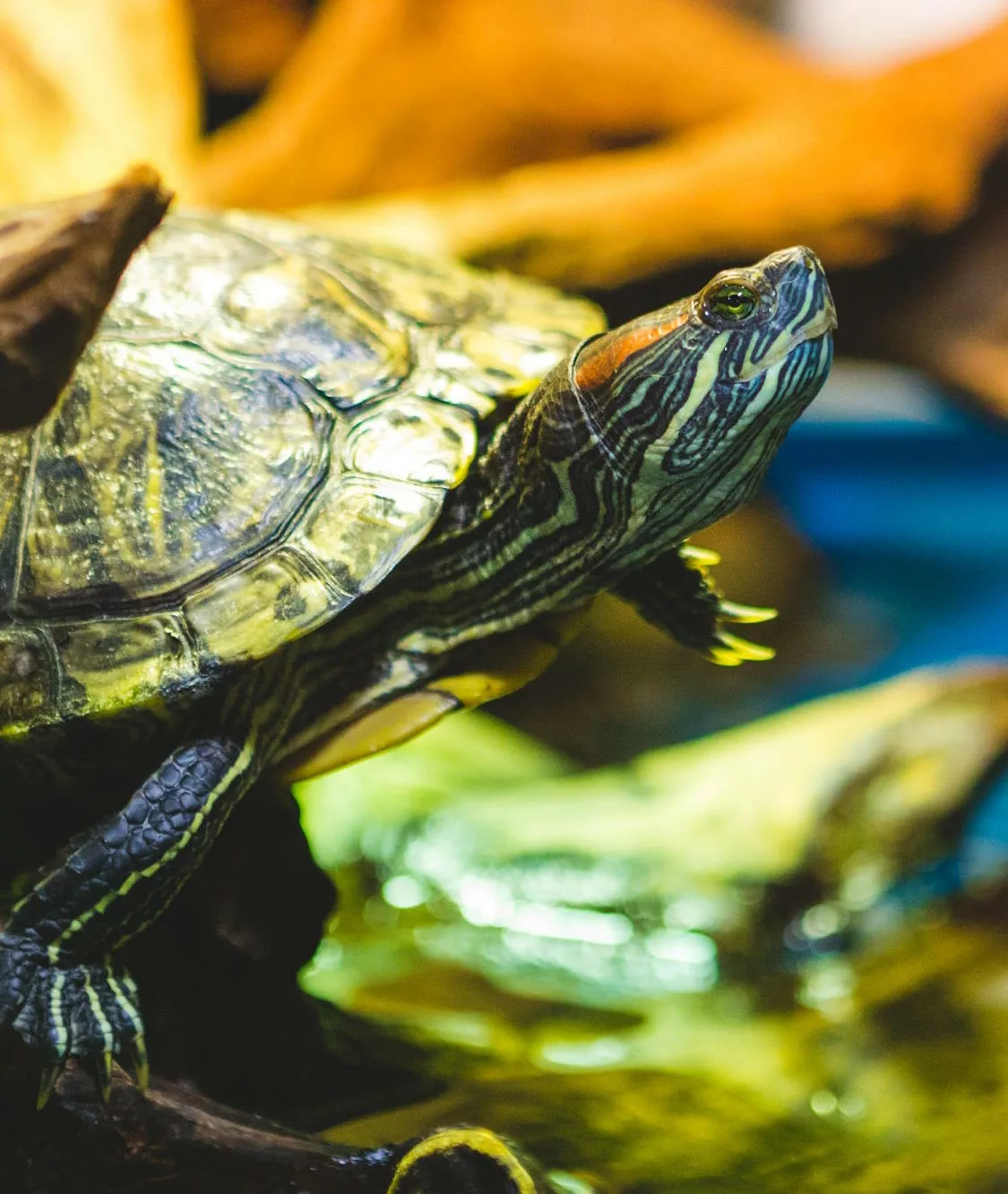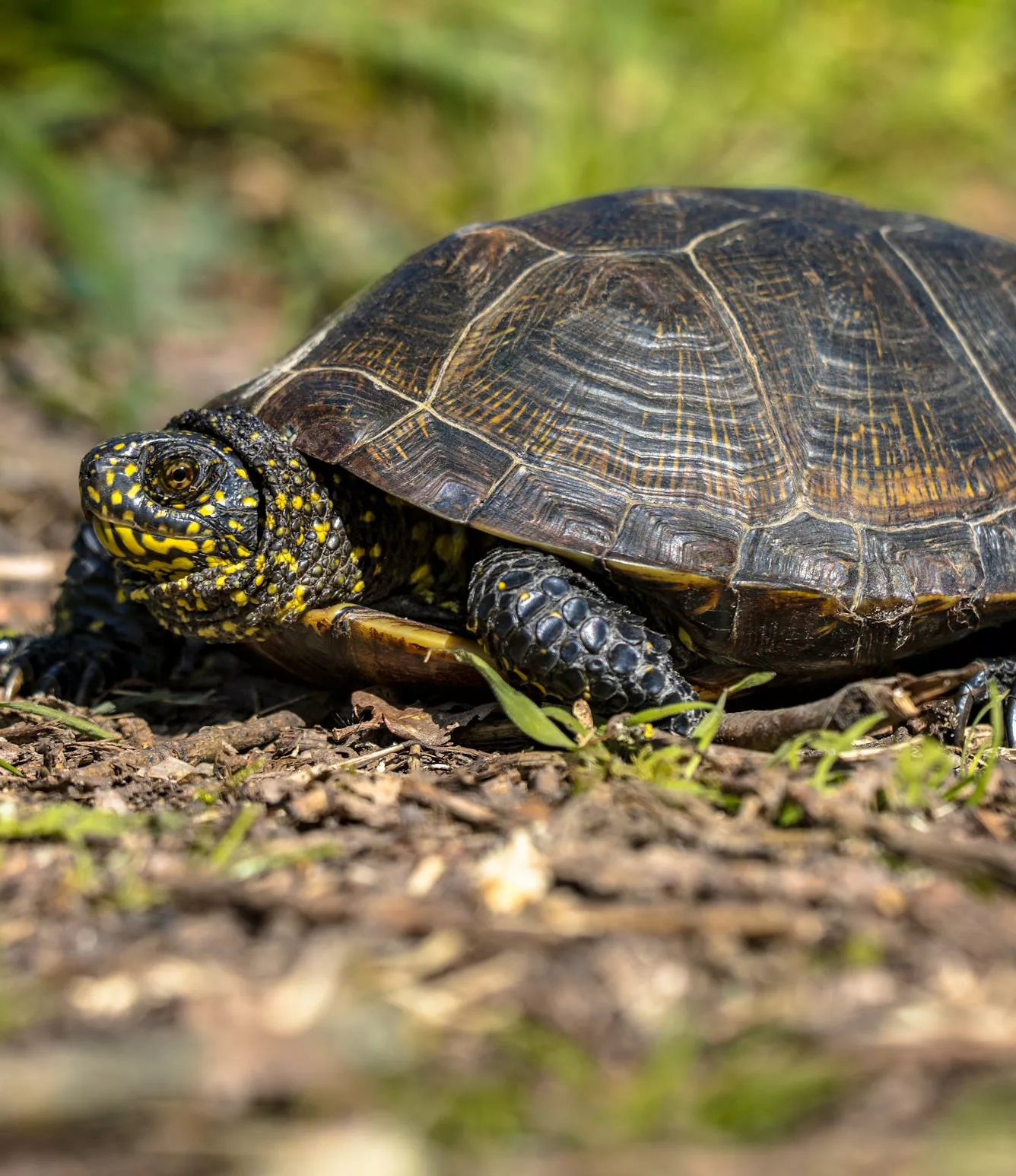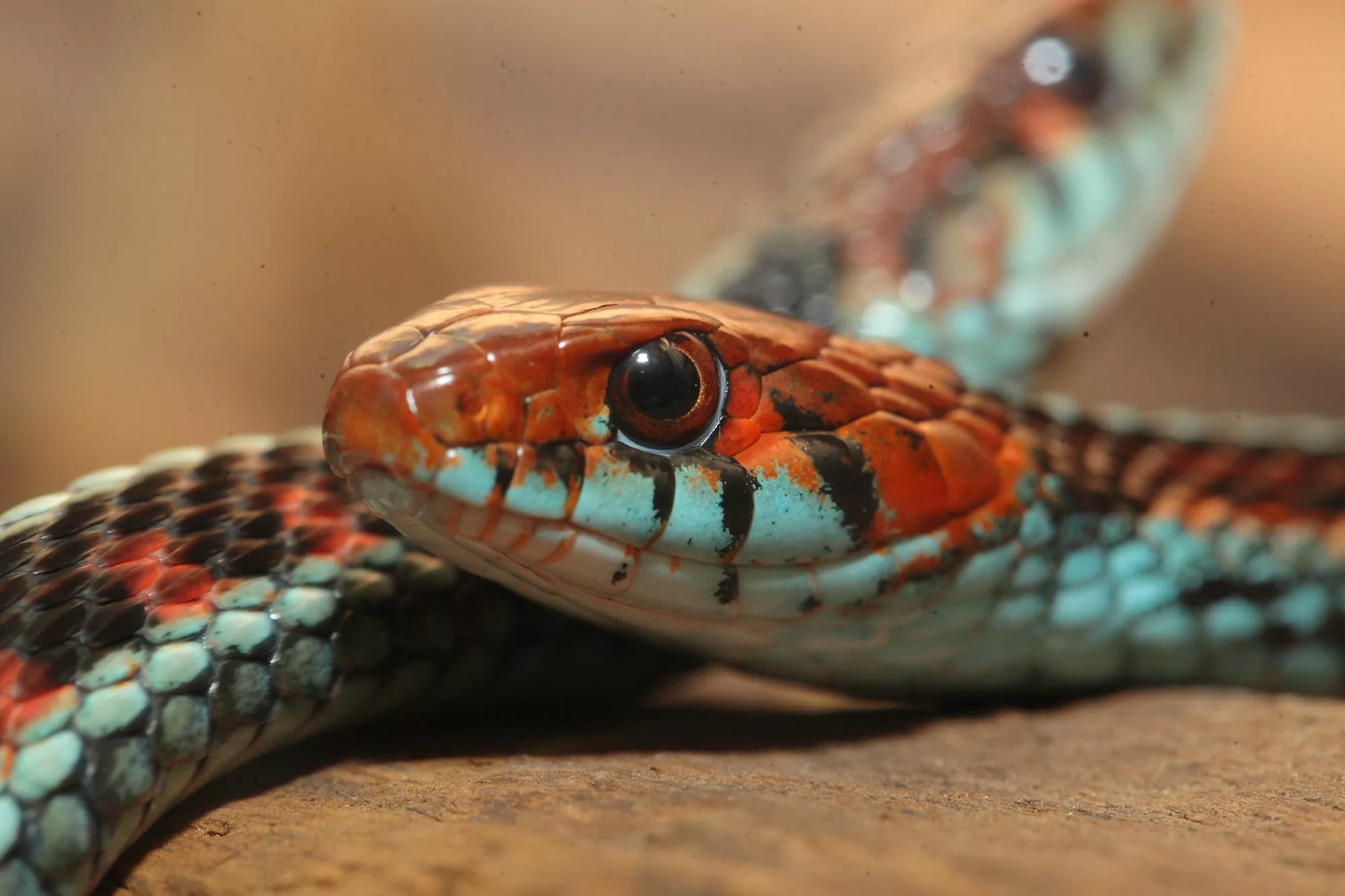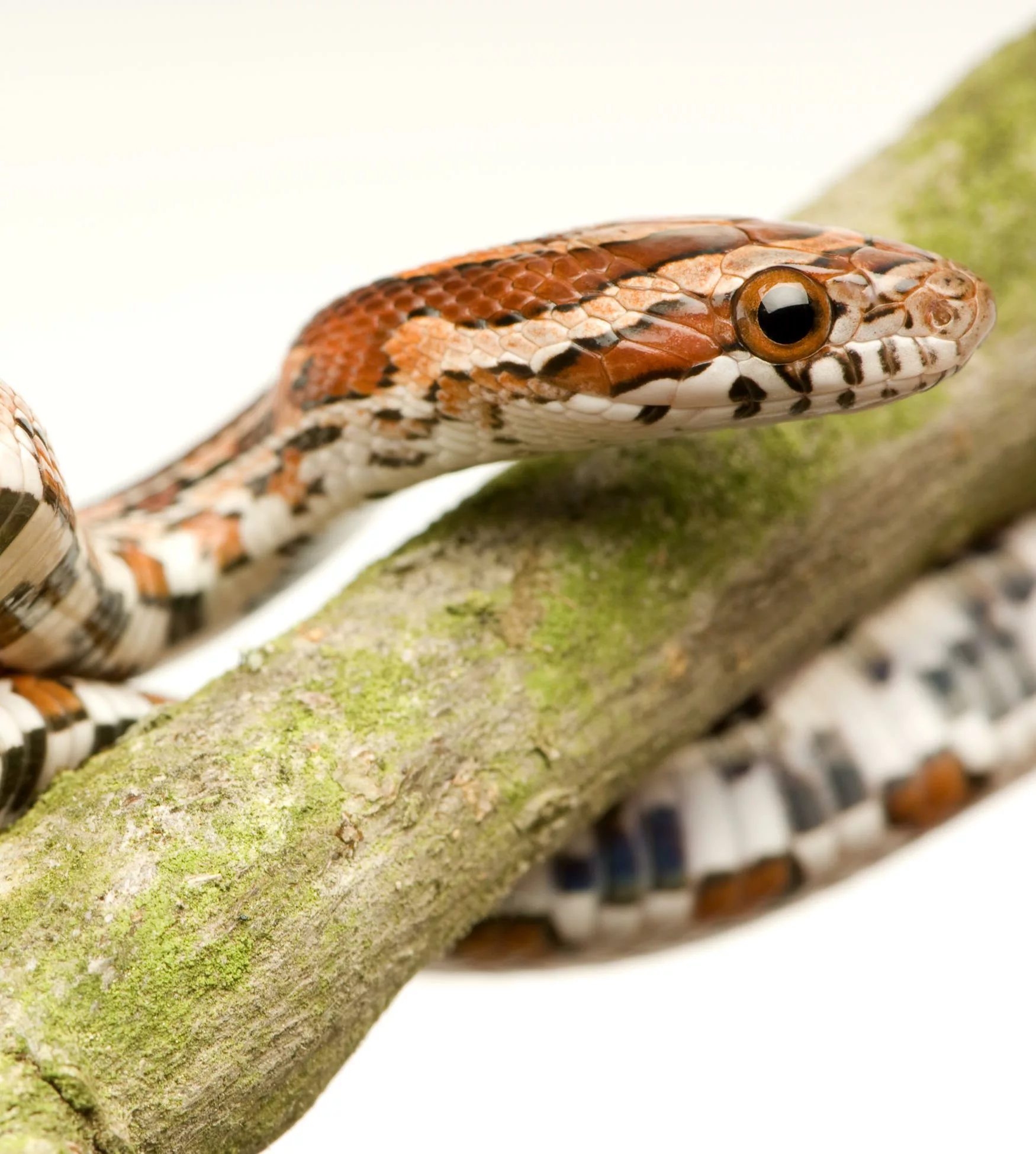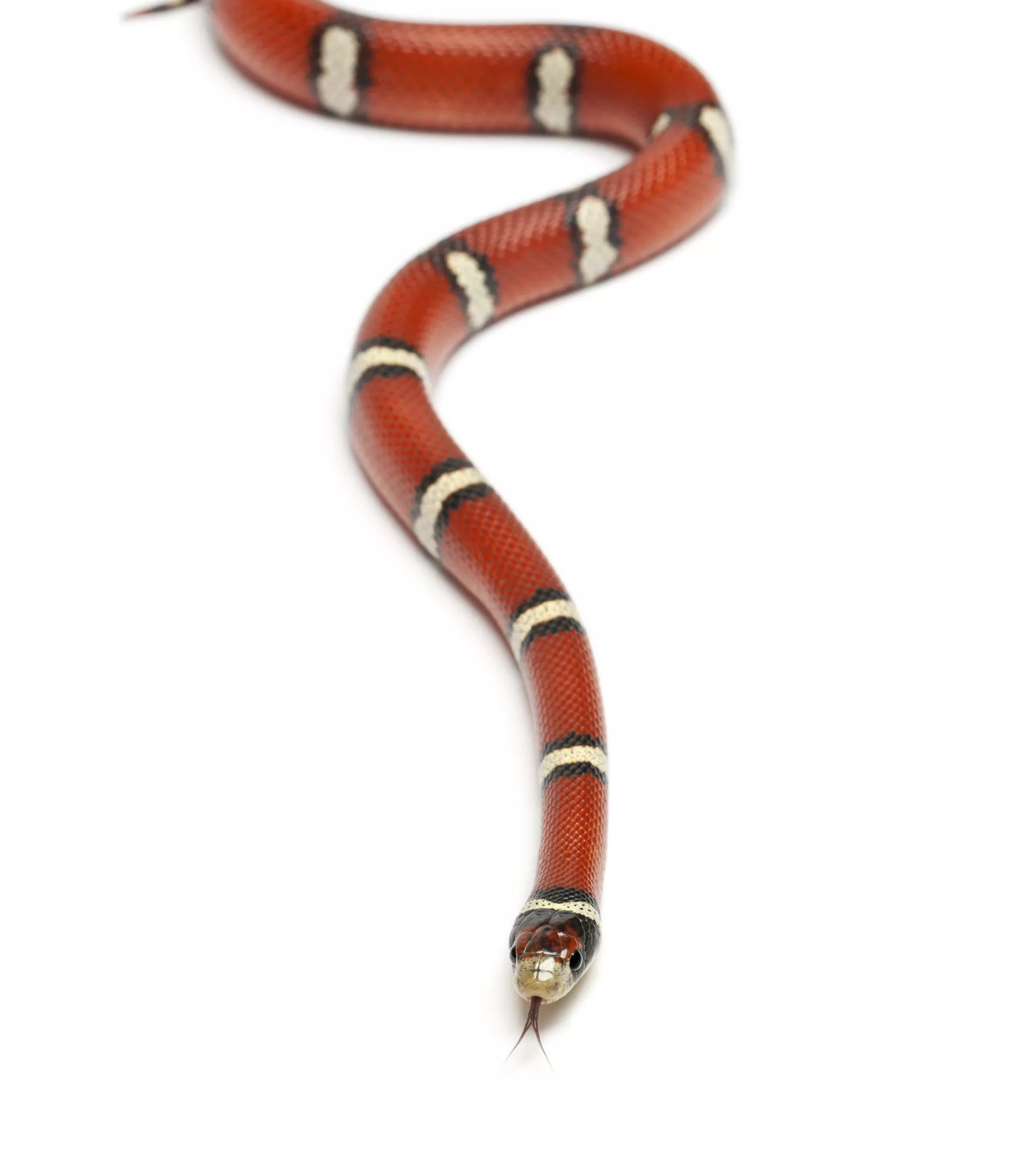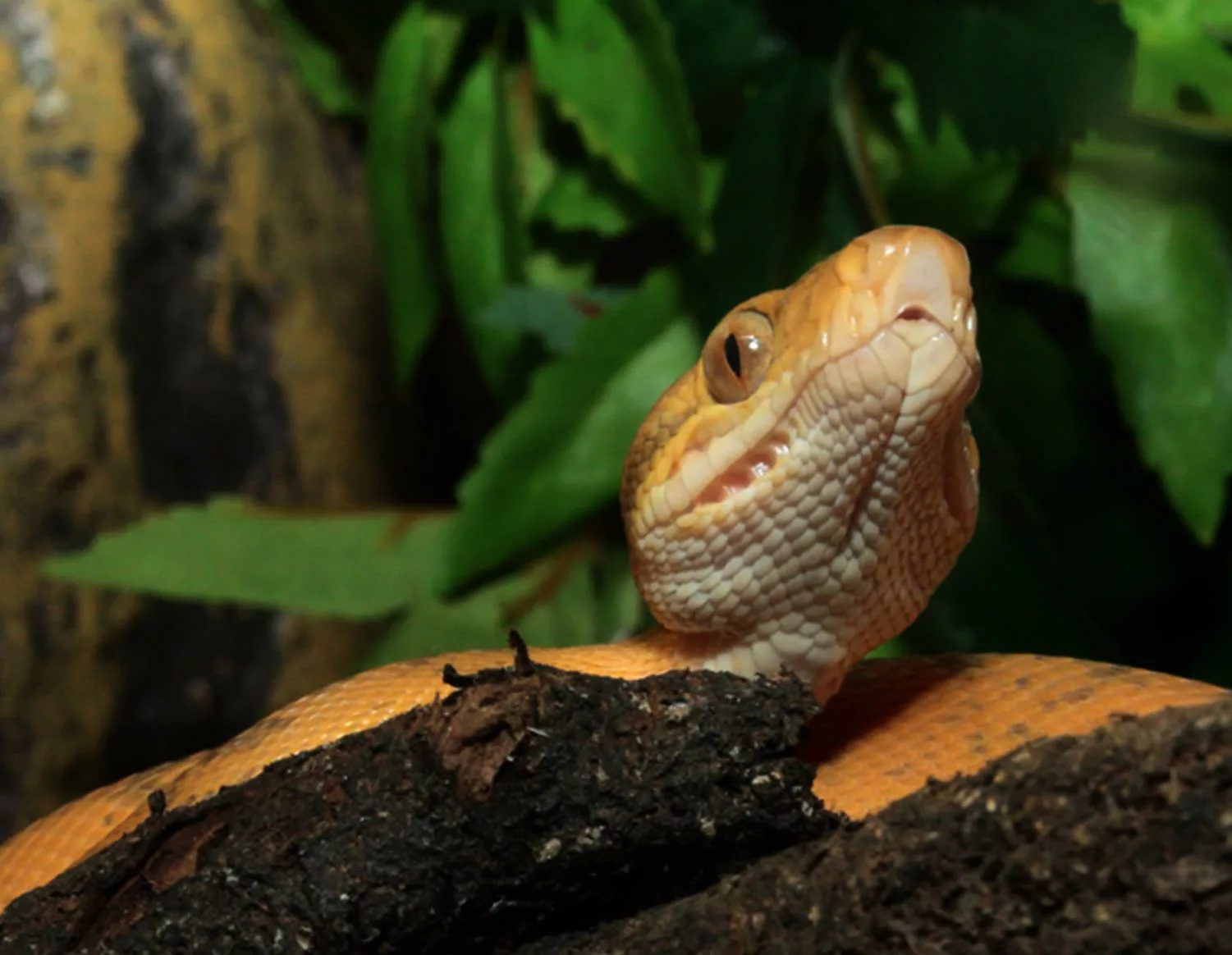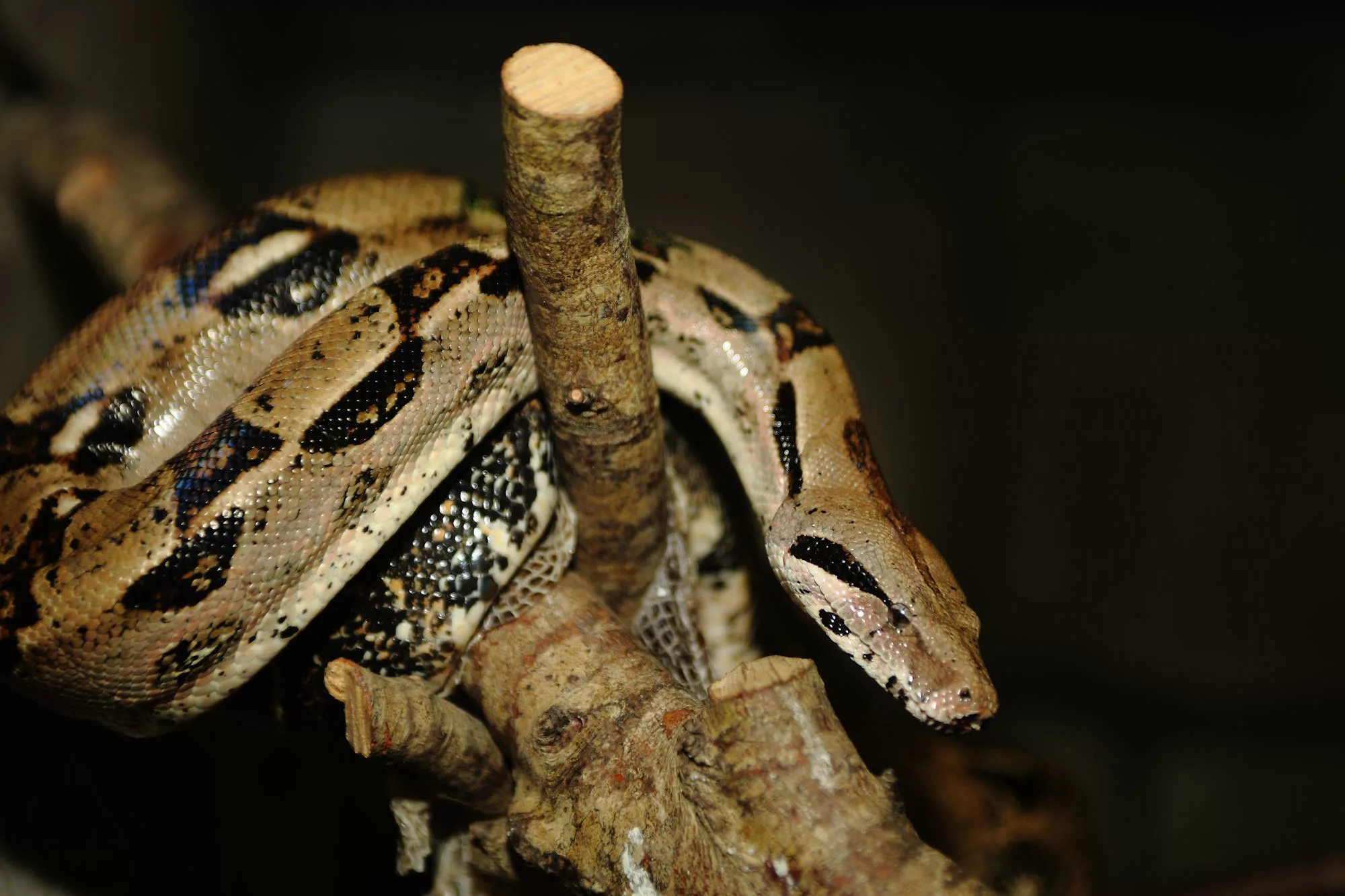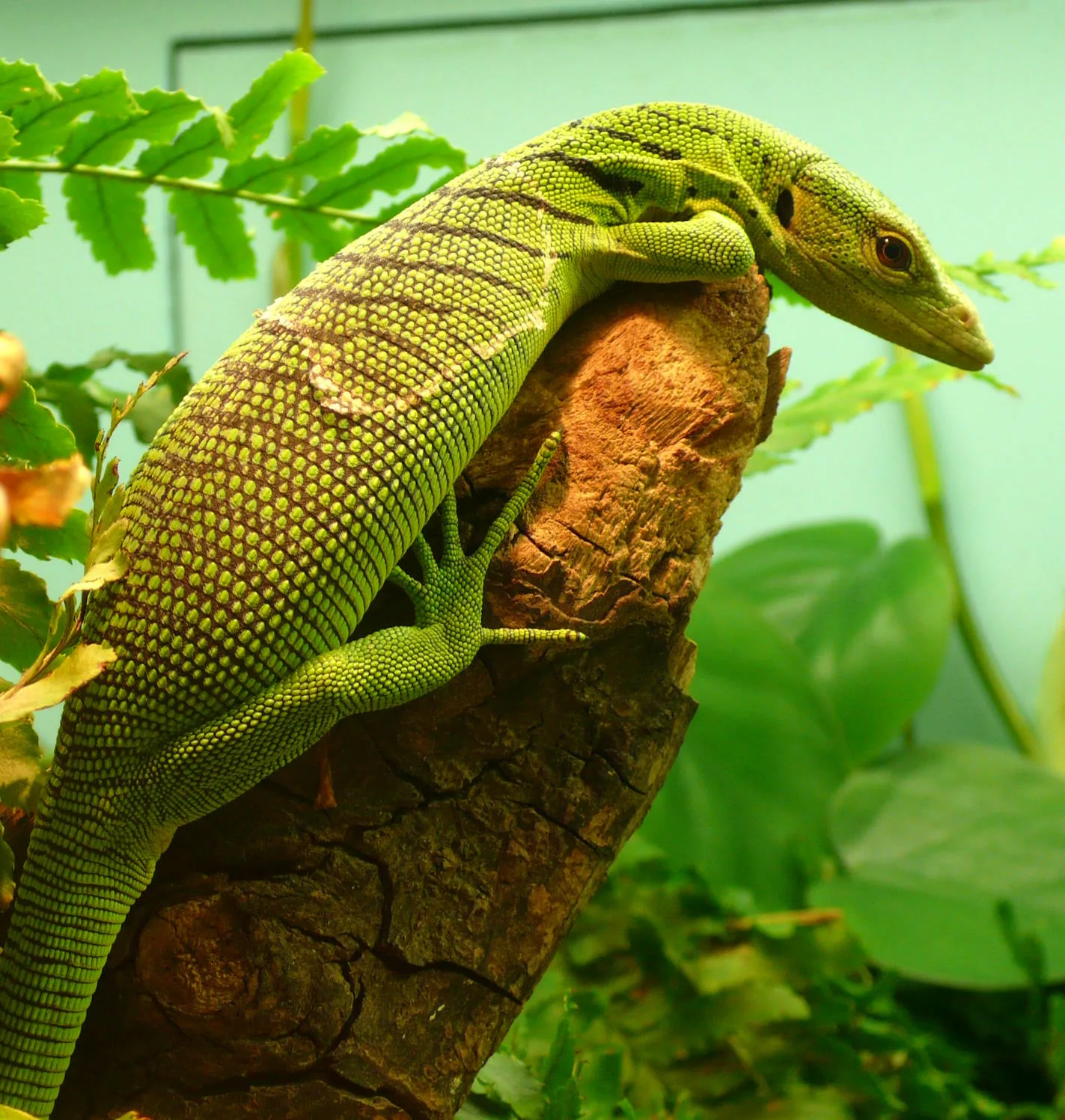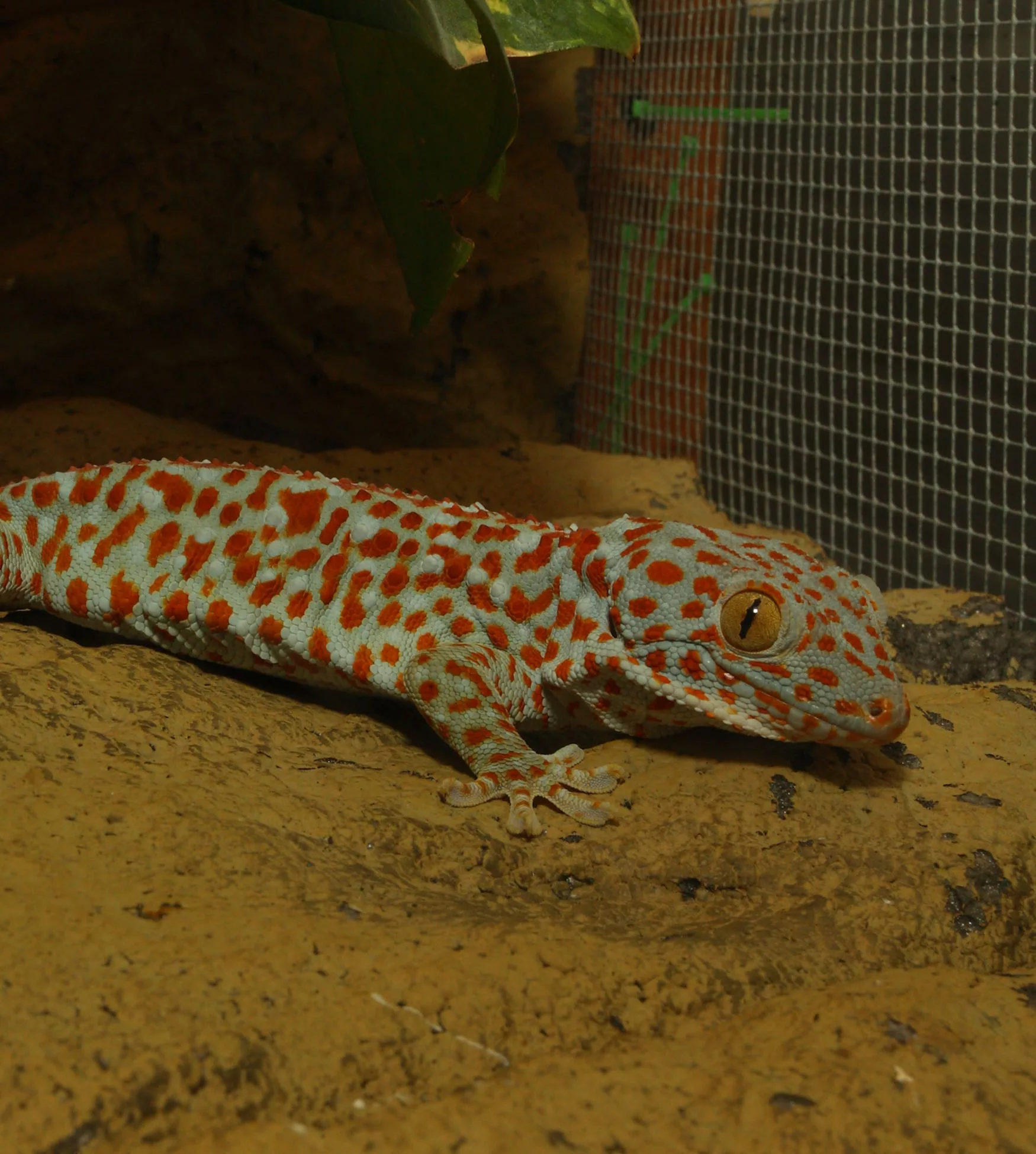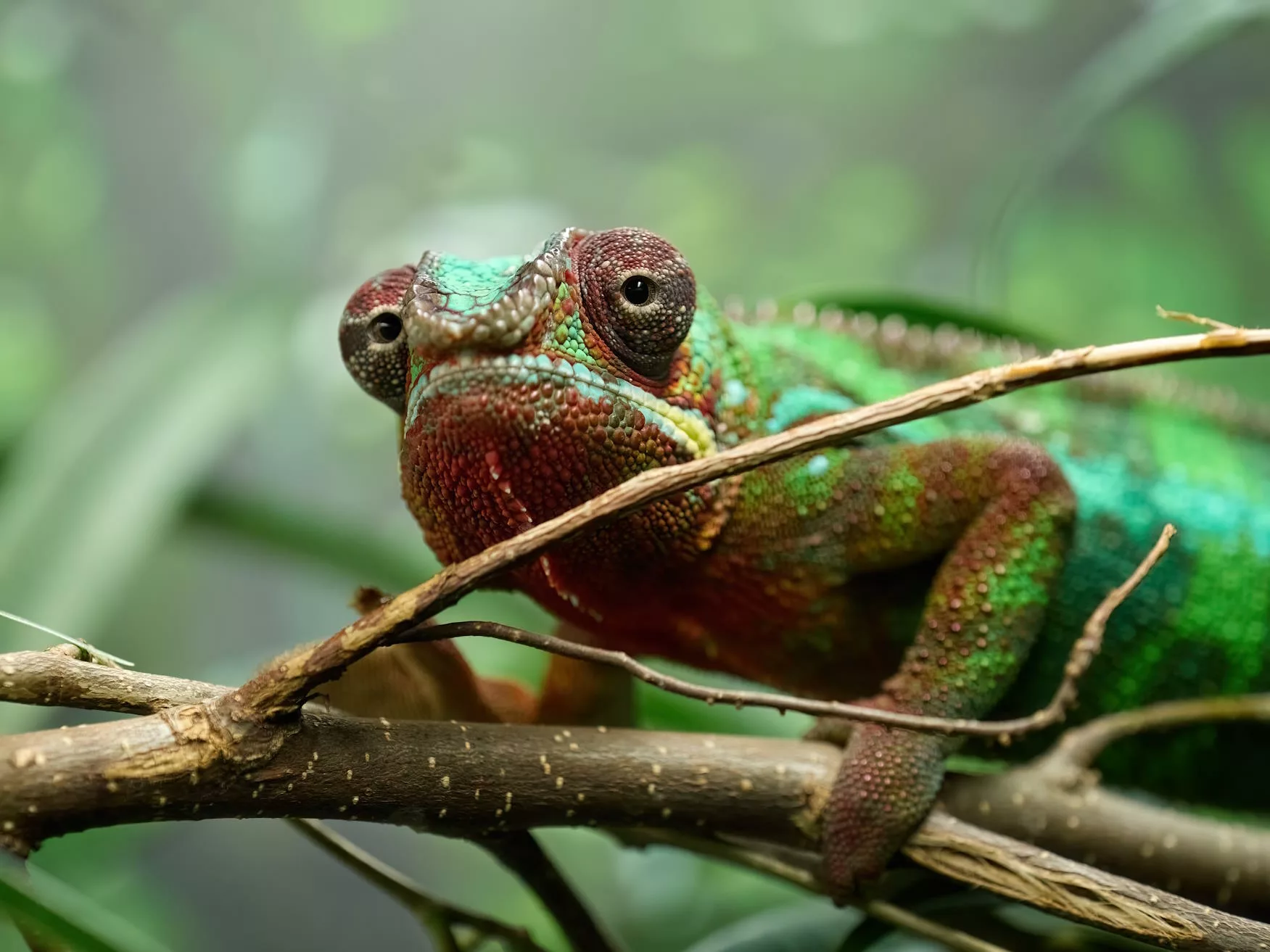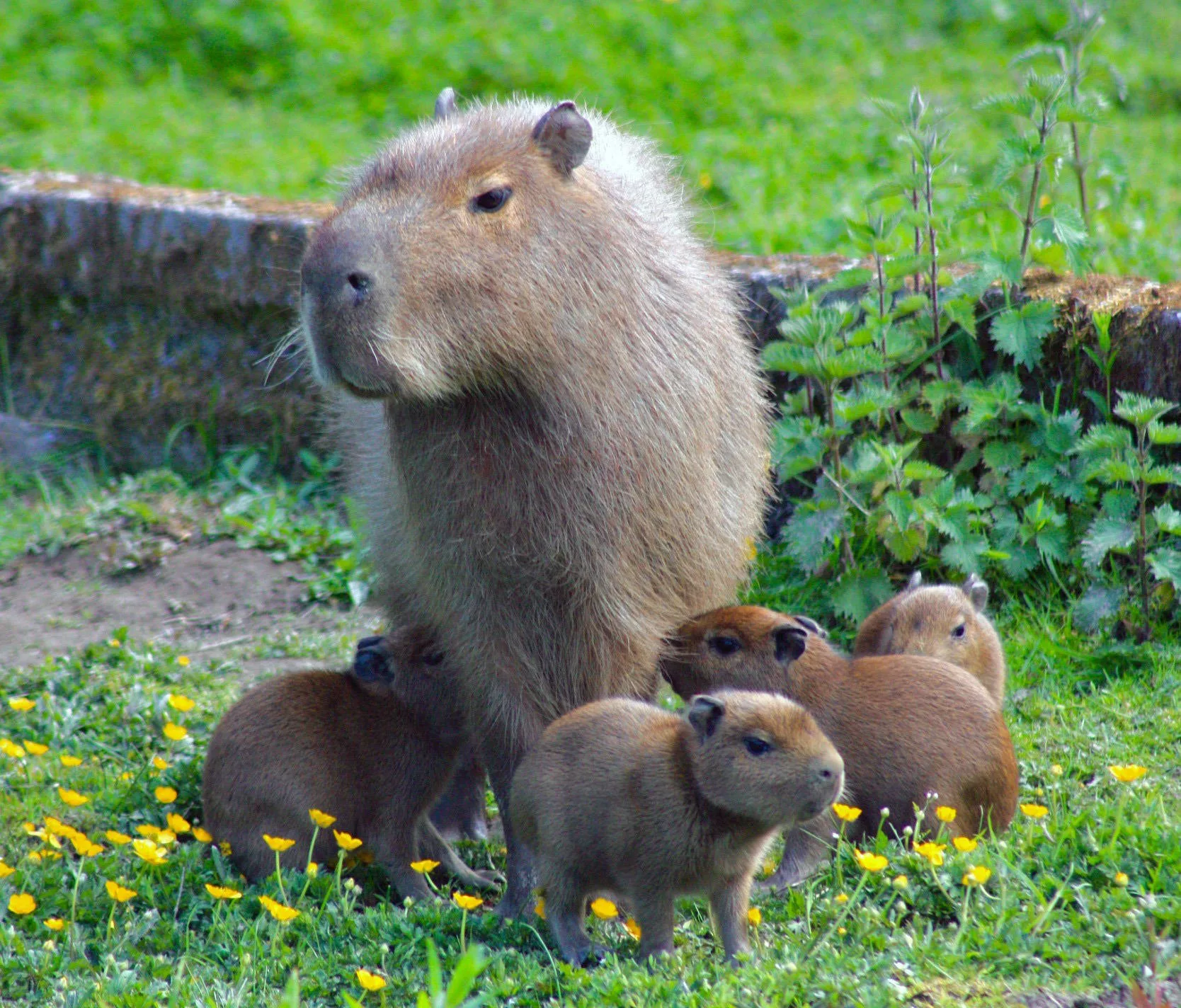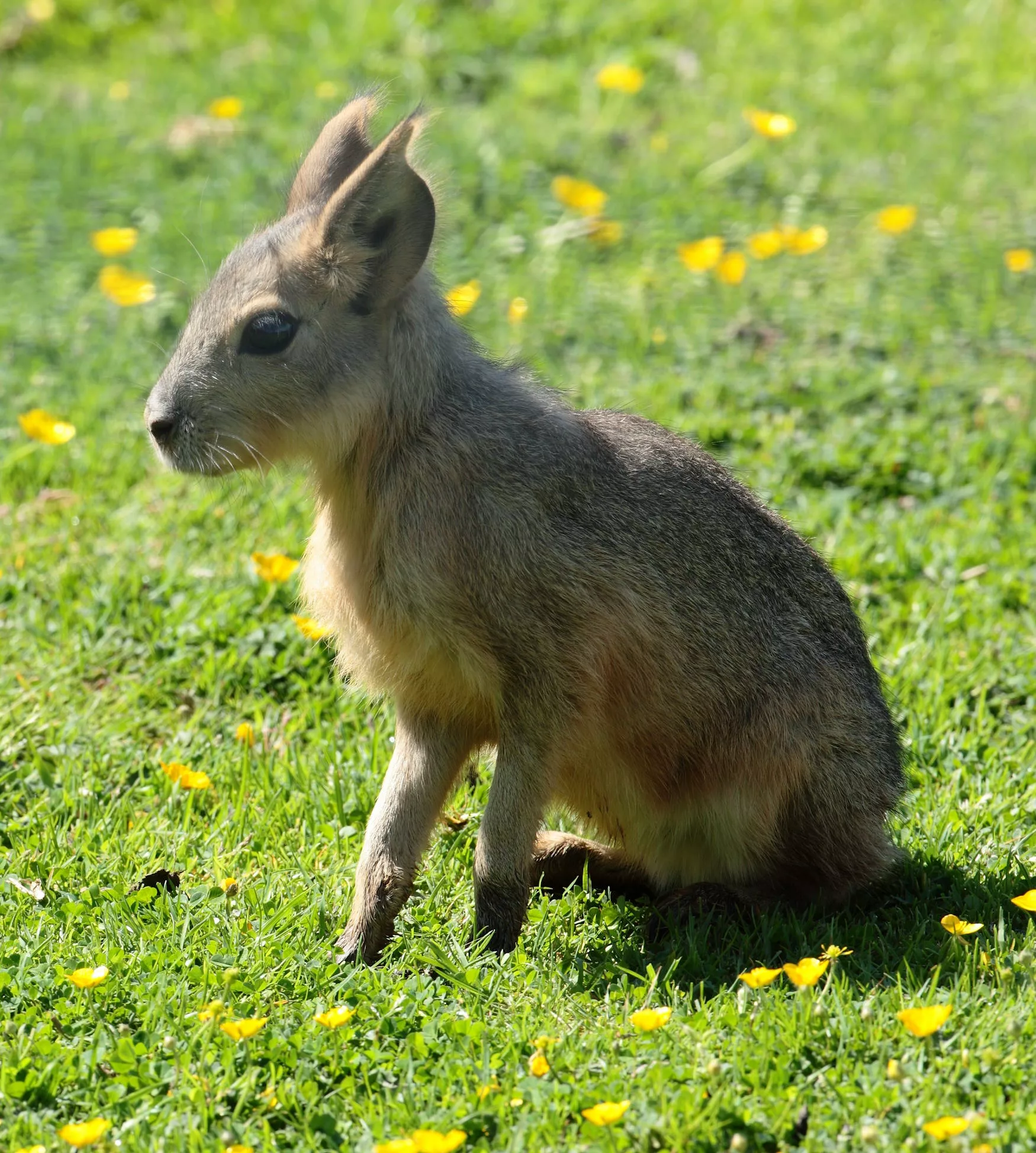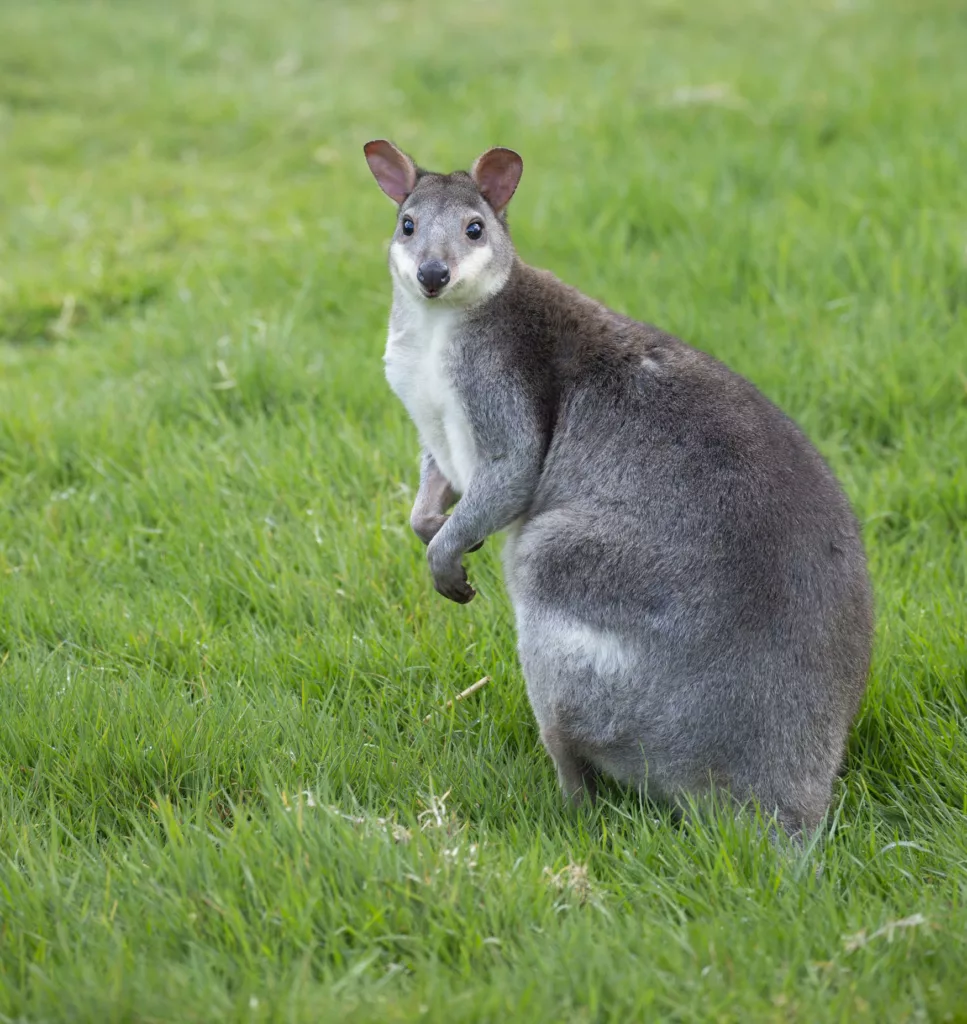
Dusky pademelon
Scientific name: Thylogale brunii
IUCN listed as: Vulnerable
Learn before you visit!
Here are some facts about the species – Discover what they eat, find out about their natural habitat, see what they like to do, and more… Set the reading style to suit you too, everyday speak or something aimed towards children.
Child-friendly
Everyday
Diet
The Dusky Pademelon’s diet consists primarily of fruits, leaves, and grasses. They are known to forage on the forest floor, eating a variety of vegetation and occasionally browsing on shrubs. In captivity, they are often fed a diet that includes fresh fruits, vegetables, and specially formulated pellets to ensure balanced nutrition. These marsupials play a critical role in their ecosystem by aiding in seed dispersal through their droppings. Their diet can vary depending on the season and the availability of food sources in their habitat.
Dusky Pademelons eat fruits, leaves, and grasses. They find food on the forest floor and sometimes in bushes. In zoos, they get fruits, veggies, and special food to stay healthy. They help spread seeds by pooping them out, which helps new plants grow.
Breeding
Dusky Pademelons have a breeding season that typically aligns with the rainy season when food is abundant. Females give birth to a single joey after a short gestation period of about 30 days. The newborn then crawls into the mother’s pouch, where it continues to develop for several months. After leaving the pouch, the young pademelon remains close to the mother, gradually becoming more independent. This reproductive strategy ensures that the joey has the best chance of survival in the wild.
Dusky Pademelons have babies mostly during the rainy season. A mother gives birth to one baby that lives in her pouch for a few months. The baby stays close to the mum until it can live on its own. This helps the baby grow safely.
Habitat
Dusky Pademelons are native to the forests of New Guinea and nearby islands, where they inhabit dense undergrowth in tropical and subtropical regions. They prefer areas with abundant ground cover, which provides protection from predators and harsh weather conditions. These marsupials are adaptable and can sometimes be found in secondary forests and plantations. However, habitat destruction due to logging and agricultural expansion poses a significant threat to their populations. Conservation efforts focus on protecting and restoring their natural habitats to ensure their survival.
Dusky Pademelons live in the forests of New Guinea and nearby islands. They like places with lots of plants to hide in. They can also live in some types of farms and cut-down forests. But cutting down trees for farming is a big problem for them.
At the zoo
In zoos, Dusky Pademelons are kept in enclosures that mimic their natural forest habitats, providing plenty of vegetation and hiding spots. These environments help to reduce stress and encourage natural behaviours. Zoos play a crucial role in the conservation of Dusky Pademelons through breeding programmes and public education about the species. They are also involved in research that helps to better understand the needs and behaviours of these marsupials. By observing them in captivity, scientists gain valuable insights that can be applied to conservation efforts in the wild.
Zoos give Dusky Pademelons homes that look like their natural forests. This helps them feel comfortable and act normally. Zoos also help by breeding them and teaching people about them. Scientists learn a lot about these animals by studying them in zoos.
Behaviour
Dusky Pademelons are generally solitary and nocturnal, foraging for food at night and resting during the day in dense vegetation. They are shy and elusive, relying on their keen senses to avoid predators. When threatened, they can make rapid, bounding escapes through the undergrowth. Communication among Dusky Pademelons involves a range of vocalisations and body language, especially between mothers and their young. Understanding their behaviour is key to their conservation and management in both wild and captive settings.
These animals are mostly alone and active at night. They are shy and good at hiding from danger. If scared, they jump quickly through the bushes. They talk to each other with sounds and movements, especially mums with their babies.
Fun facts
- Seed Spreaders: Dusky Pademelons help forests grow by spreading seeds in their droppings.
- Night Owls: They are nocturnal and do most of their activities at night.
- Speedy Jumpers: They can quickly escape predators by making fast, bounding jumps.
- Pouch Life: Baby pademelons spend several months developing in their mother’s pouch.
- Forest Dwellers: They live in the dense forests of New Guinea and nearby islands.
- Forest Helpers: Dusky Pademelons help new plants grow by spreading seeds when they poop.
- Night Animals: They are awake and active at night and sleep during the day.
- Fast Hoppers: They can jump really fast to get away from danger.
- Pouch Babies: Baby pademelons live in their mum’s pouch for a few months.
- Forest Homes: They live in thick forests with lots of plants to hide in.
More animals to discover at our zoo
Quick Links
Tickets & Prices
You can buy tickets for Exmoor Zoo securely online, as well as finding out more price options, discover offers, and more…
What’s on…
Exmoor Zoo hosts incredible Events all through the year. You can find out about what we’ve got in store here…
Routes & info
Like any great discovery, Exmoor Zoo can feel a little off the beaten path – but don’t worry – you can plan your journey with our recommended routes and other useful travel info.

